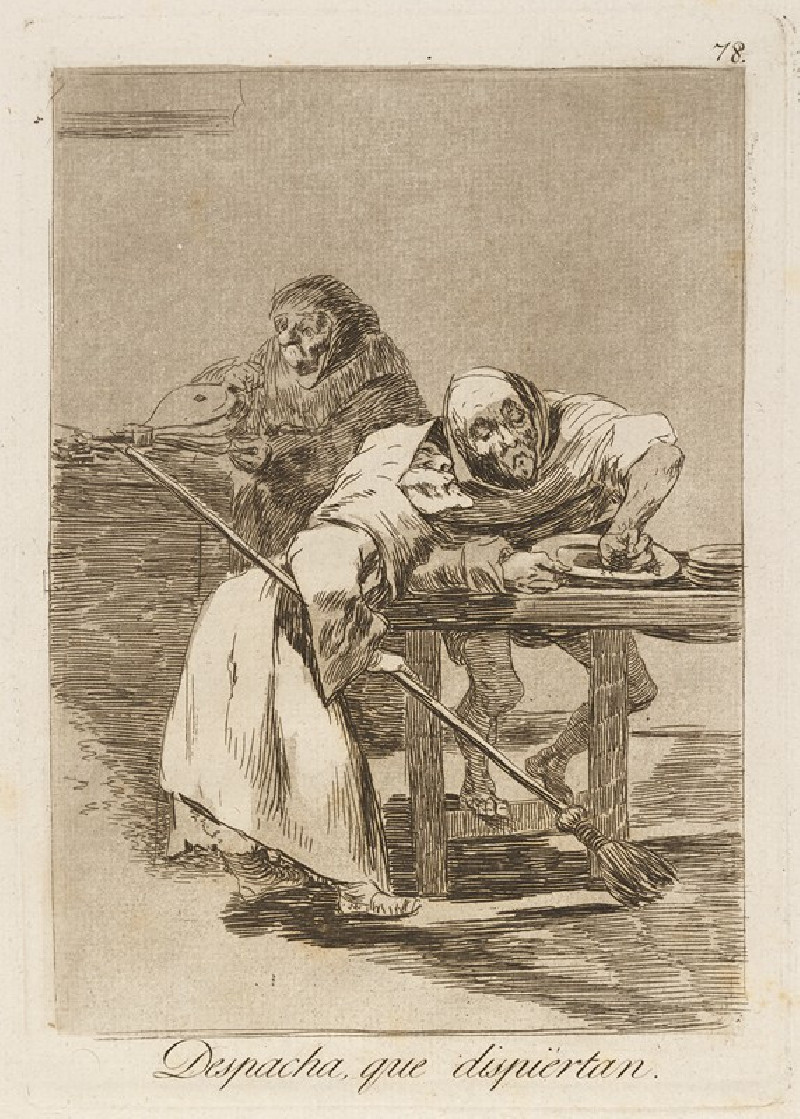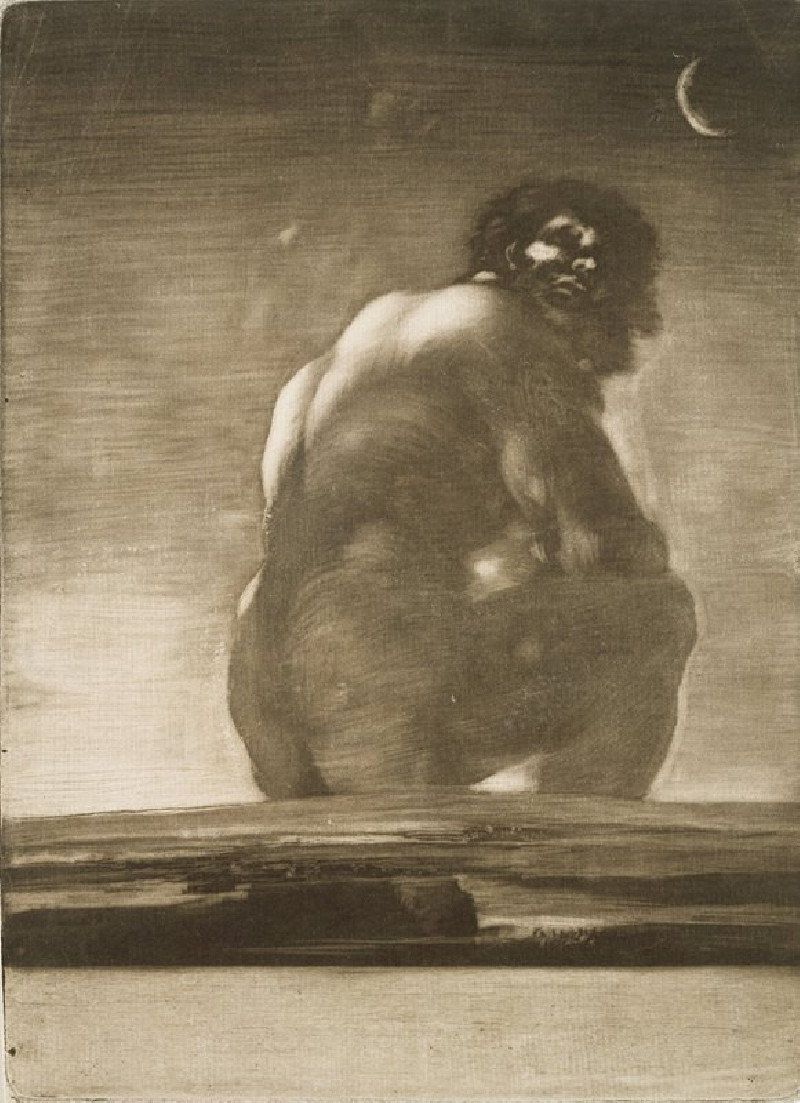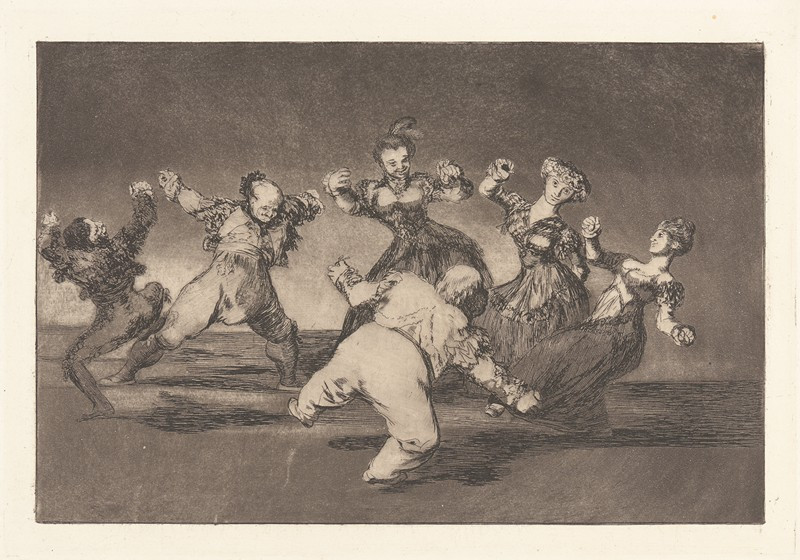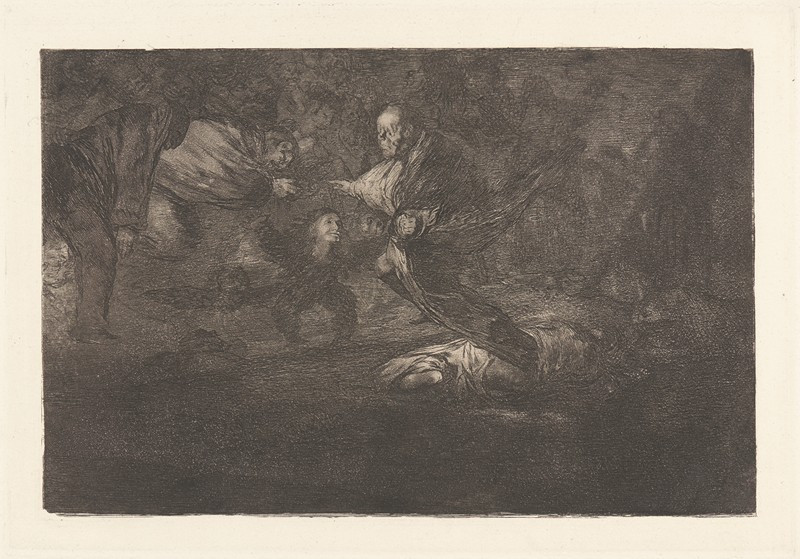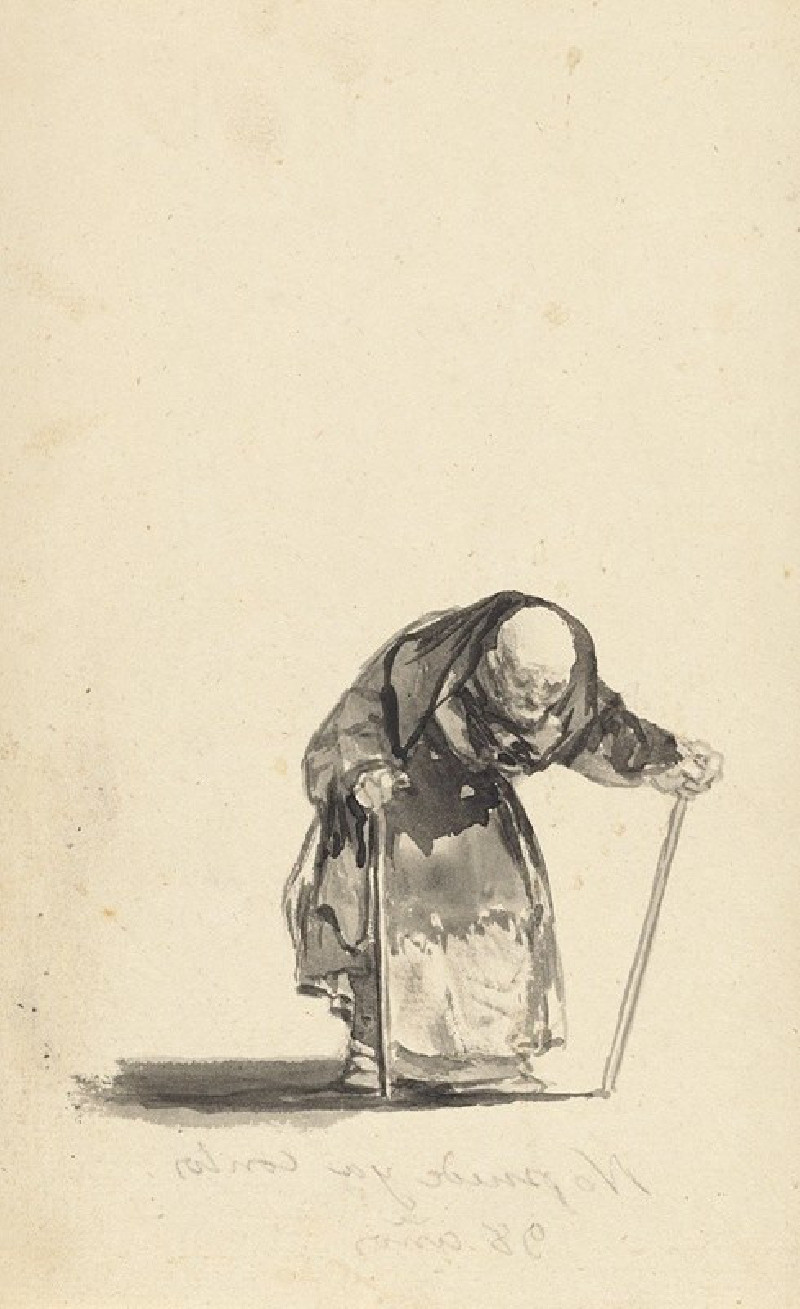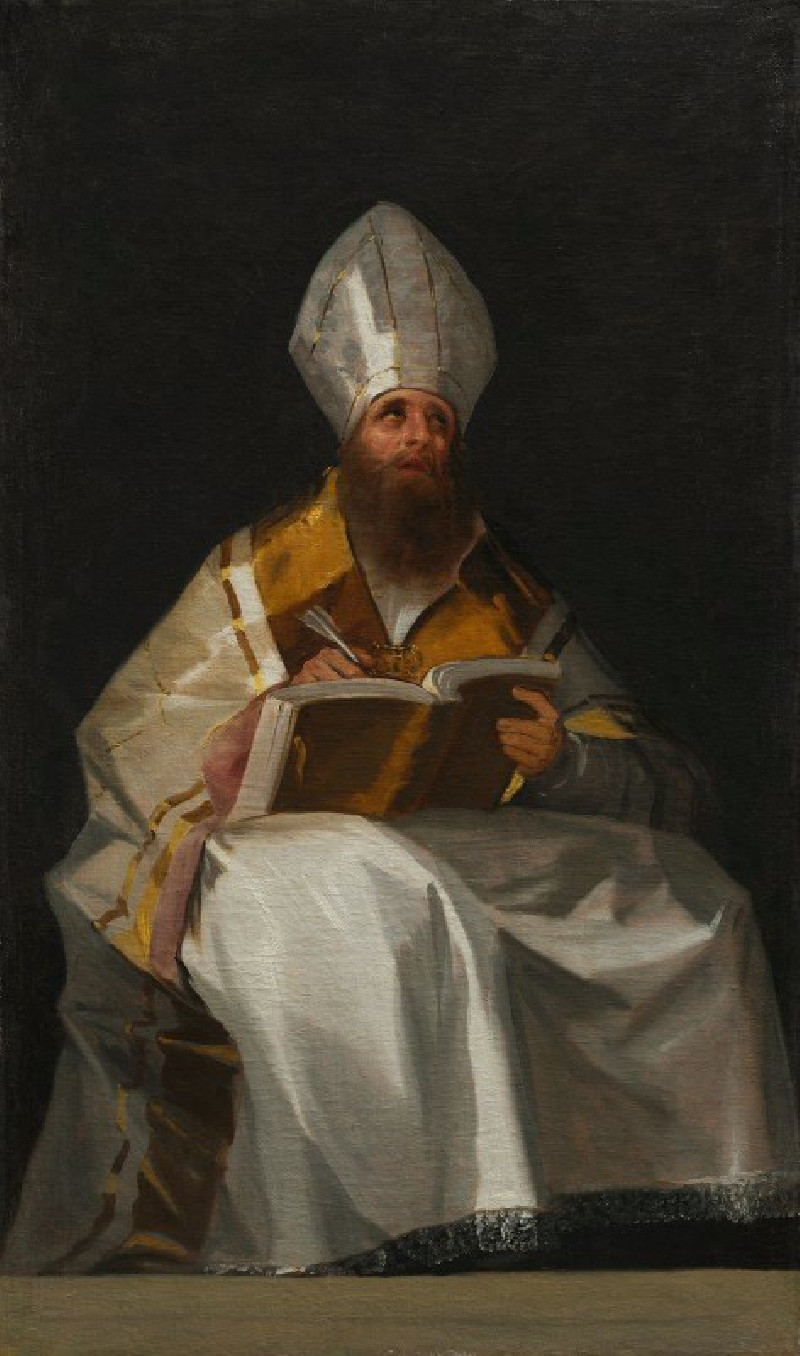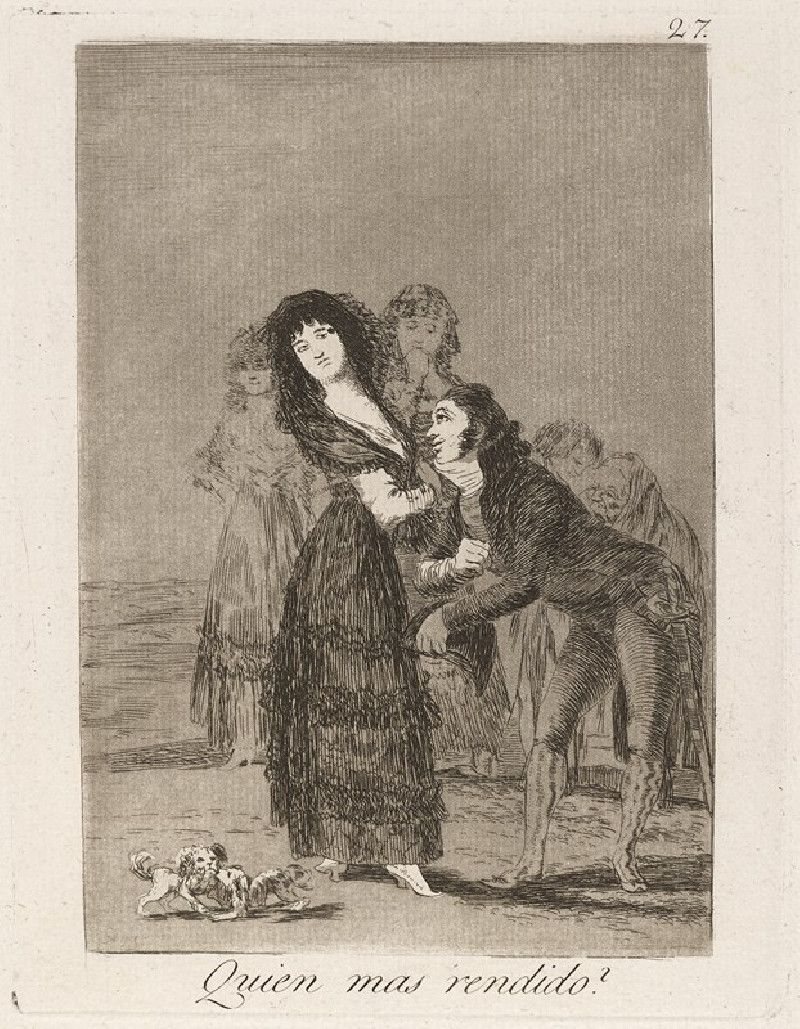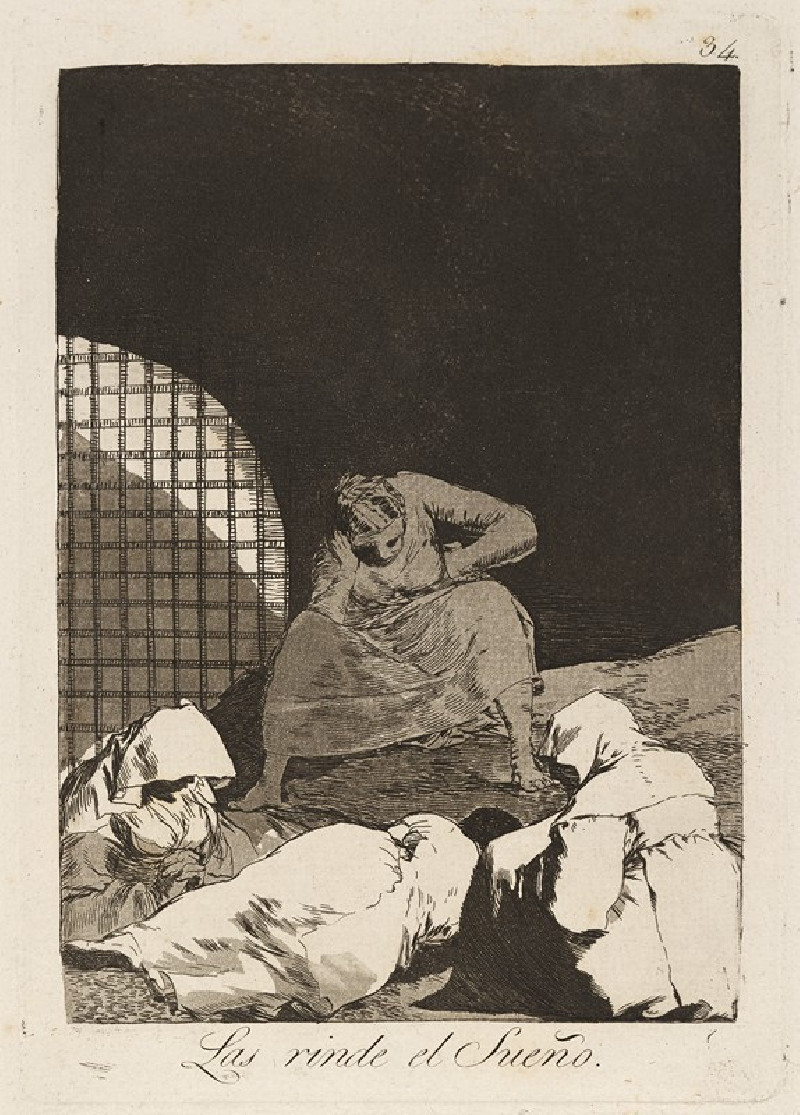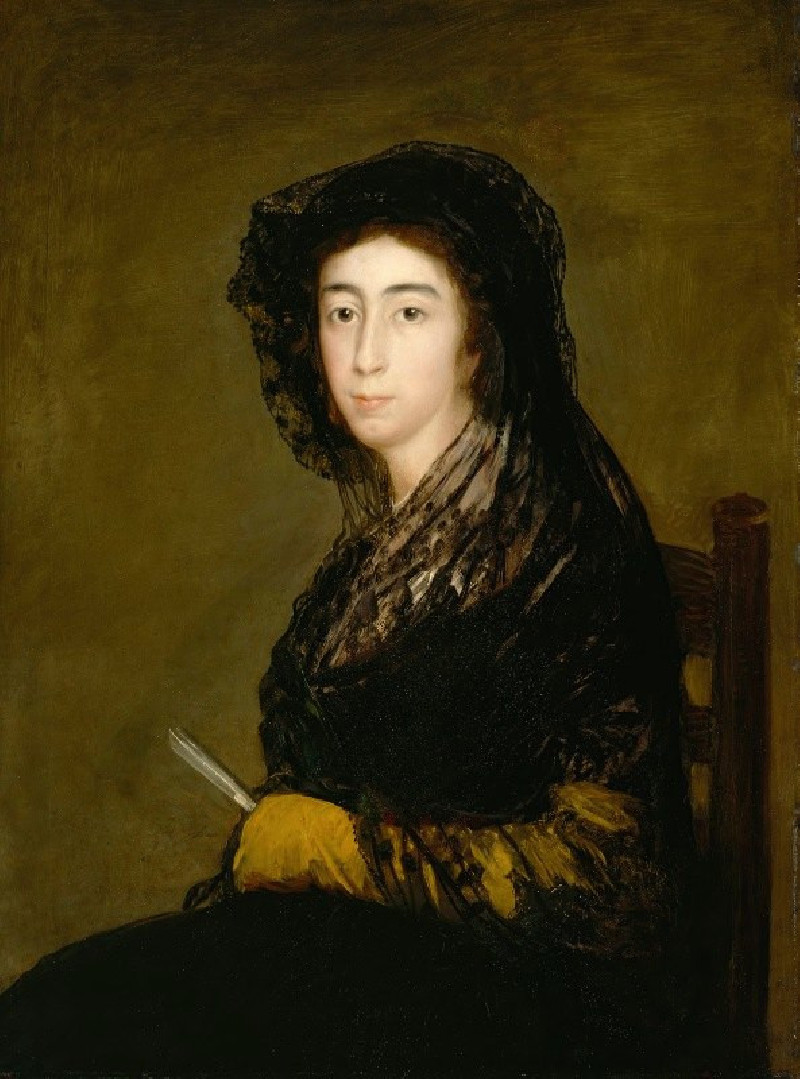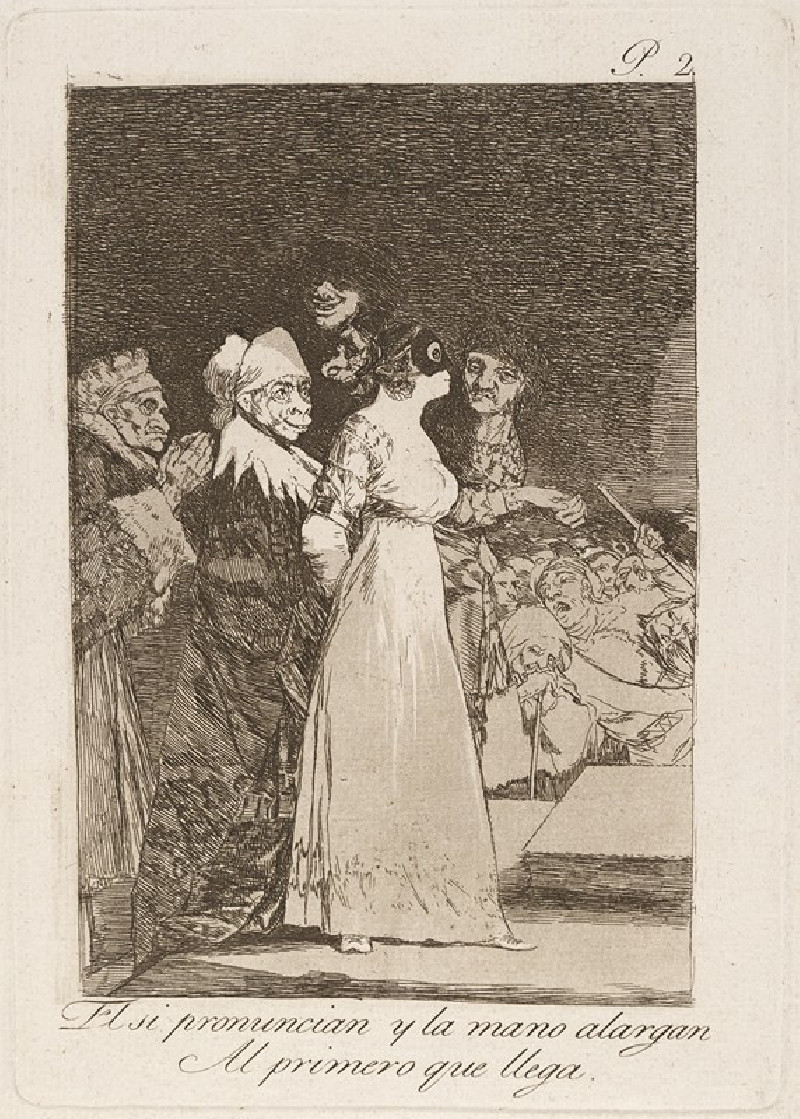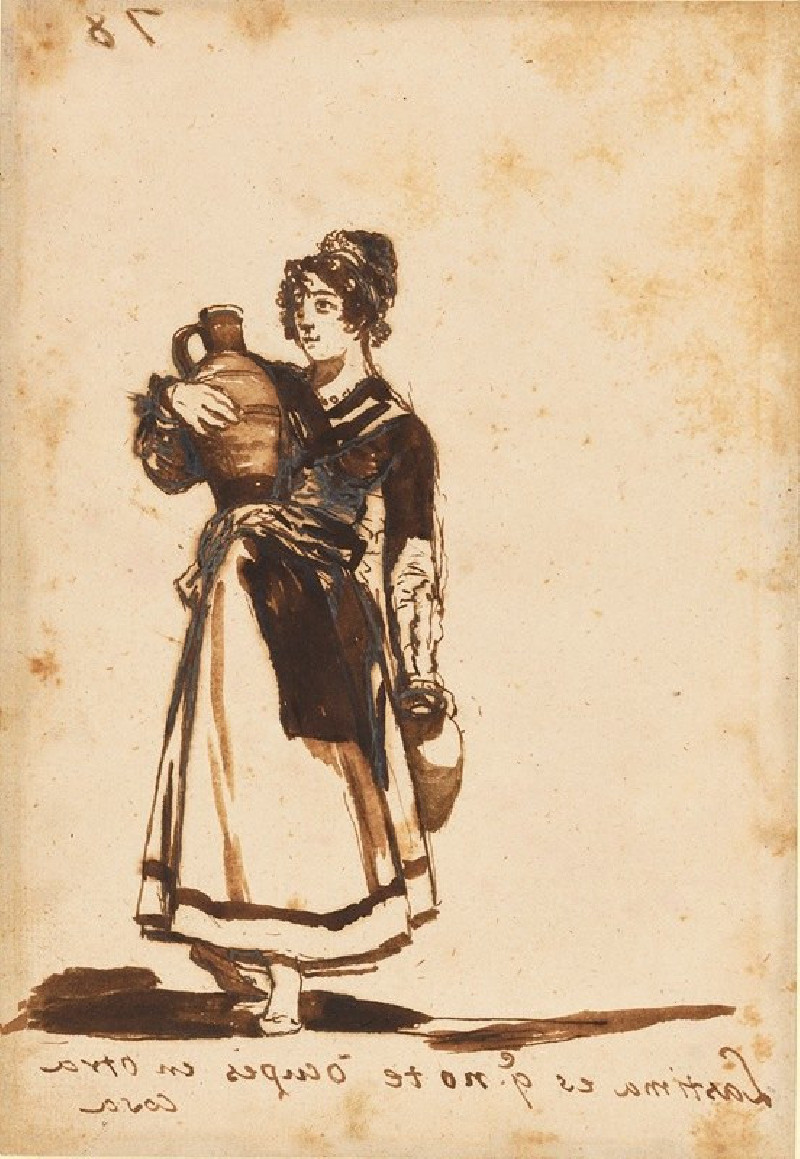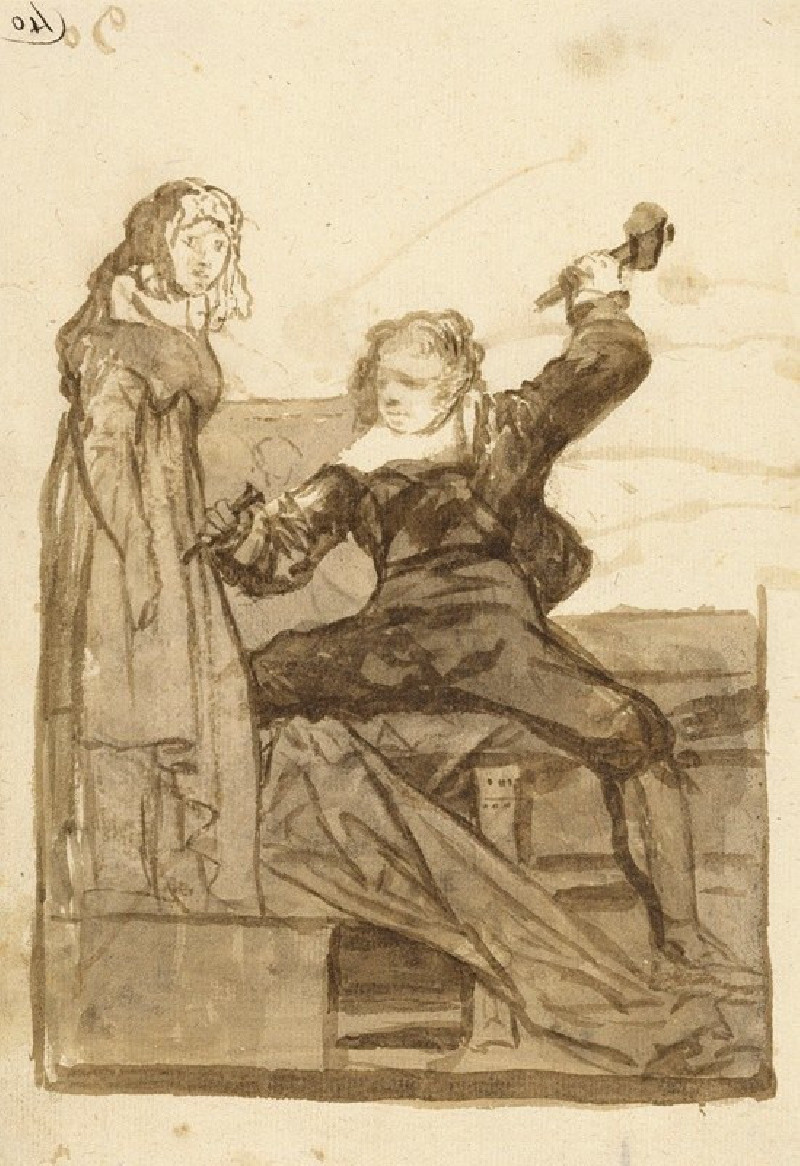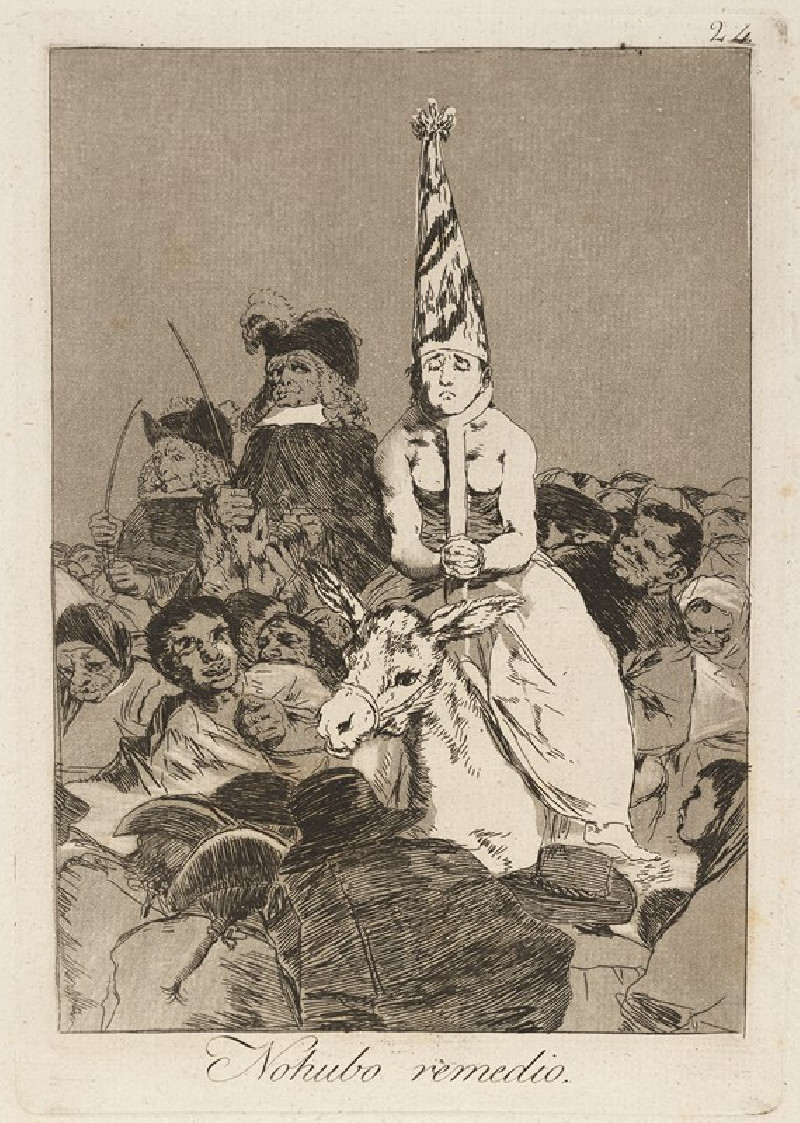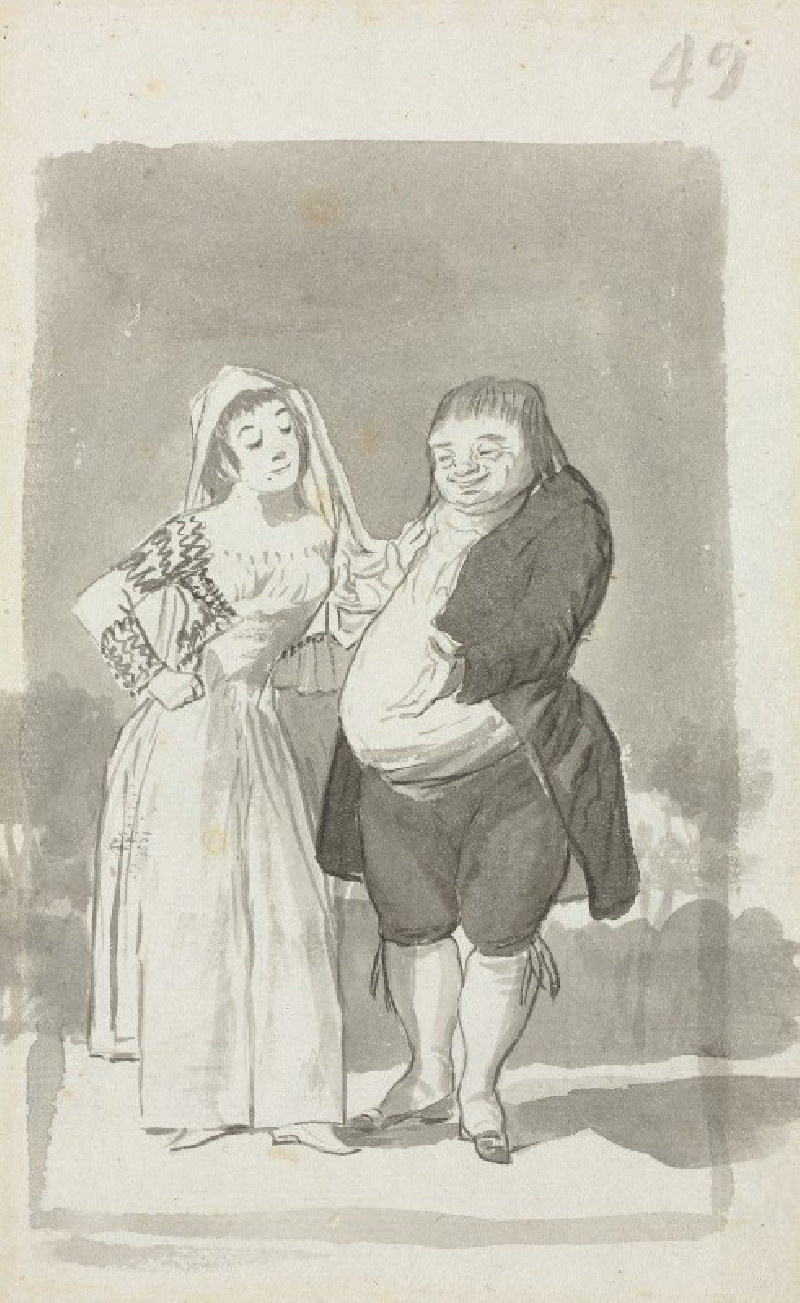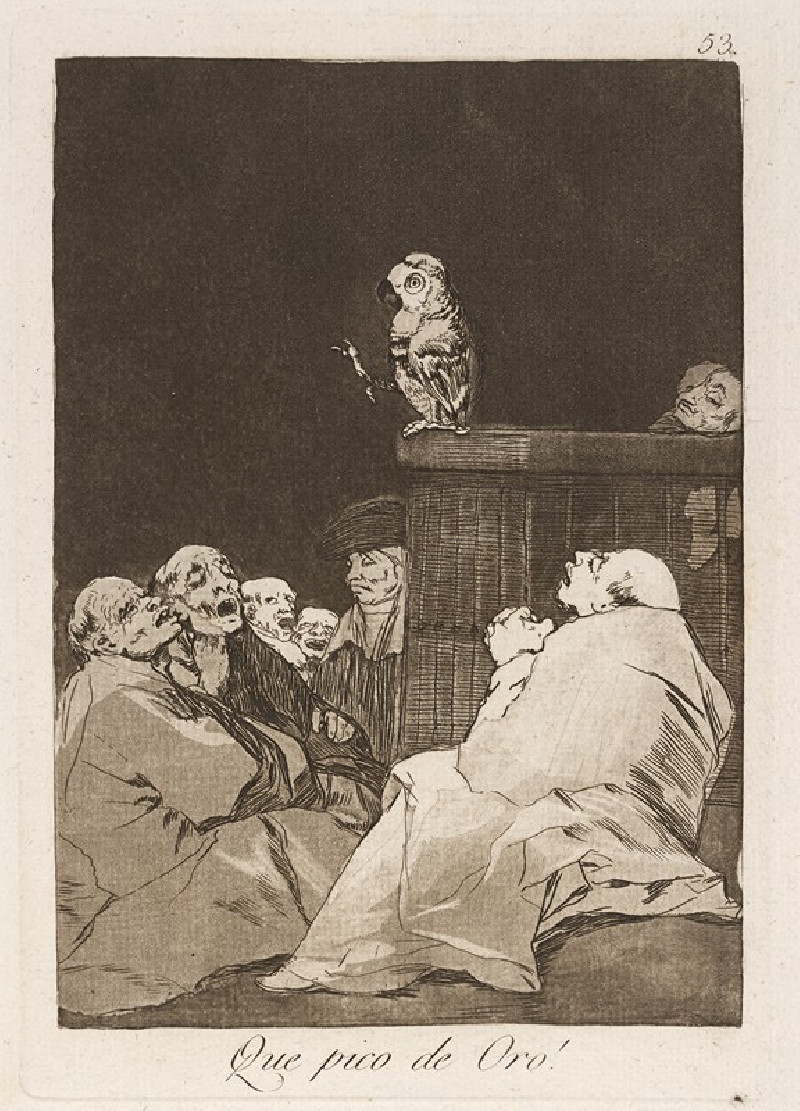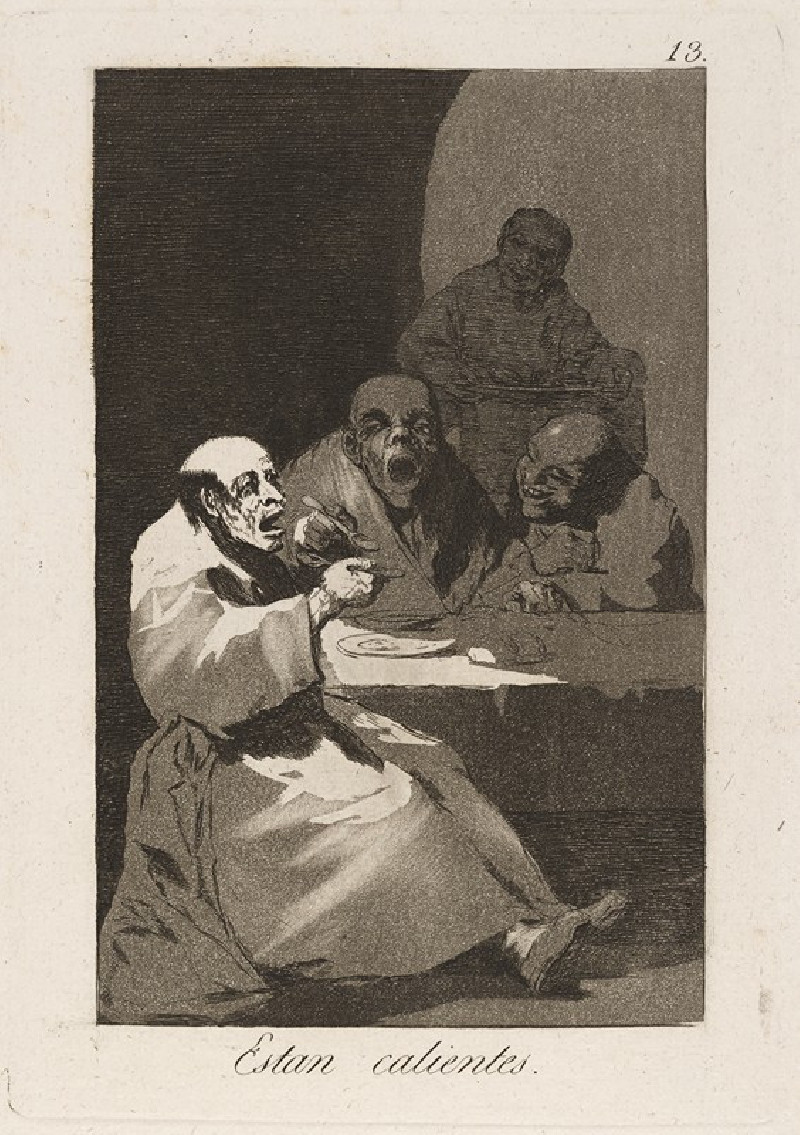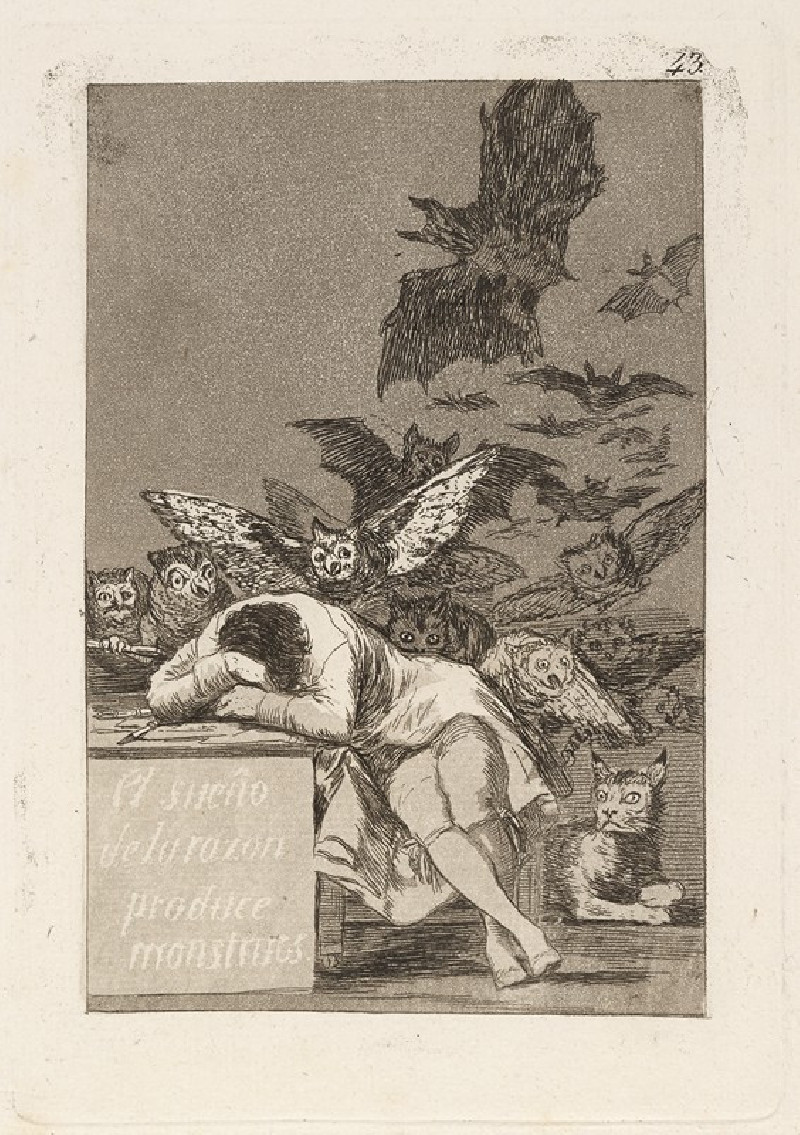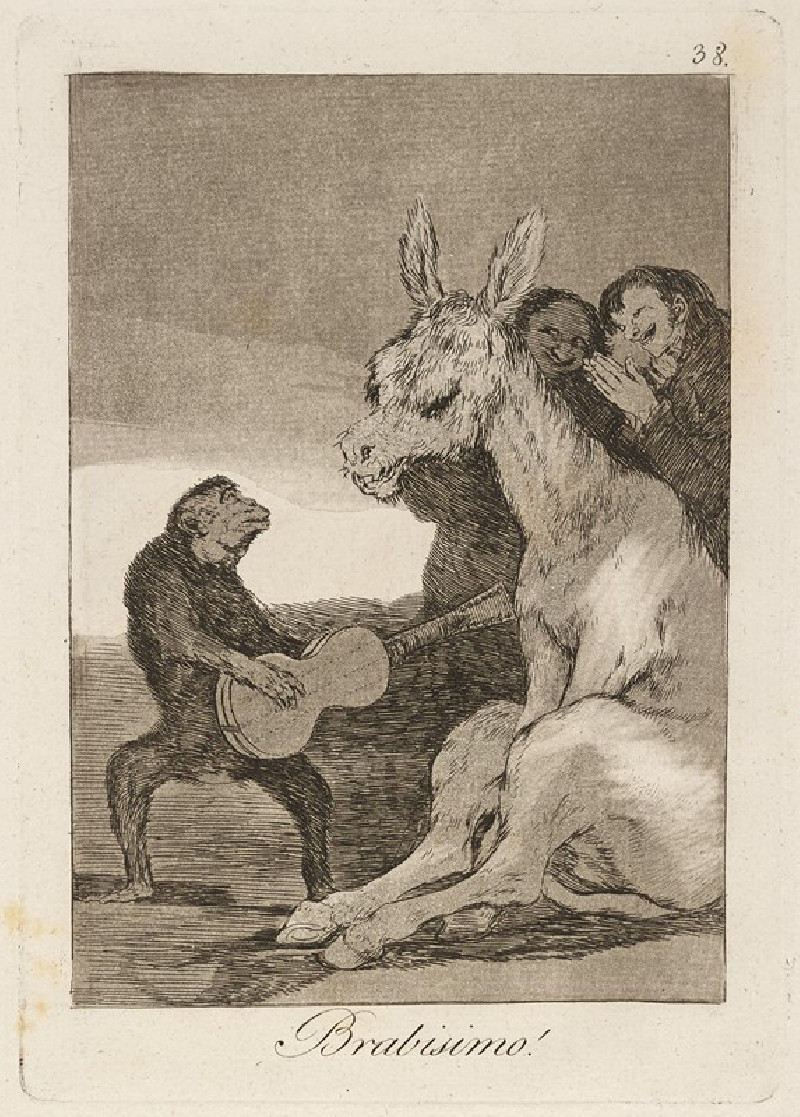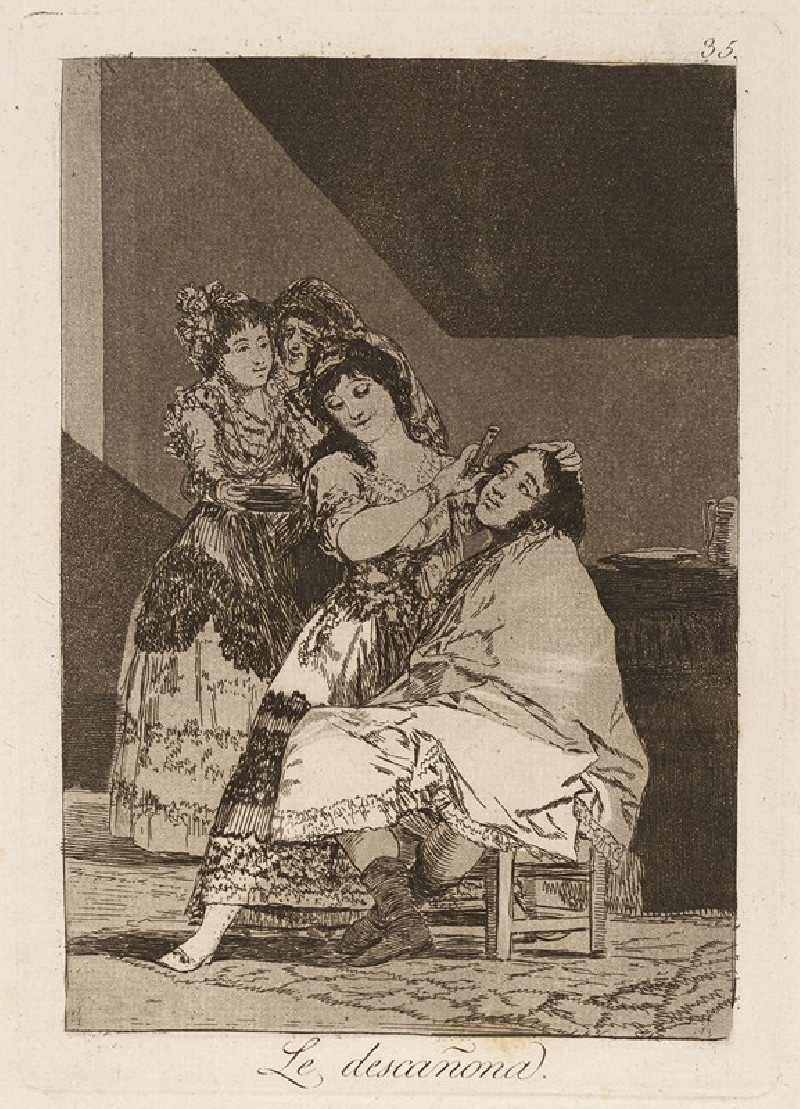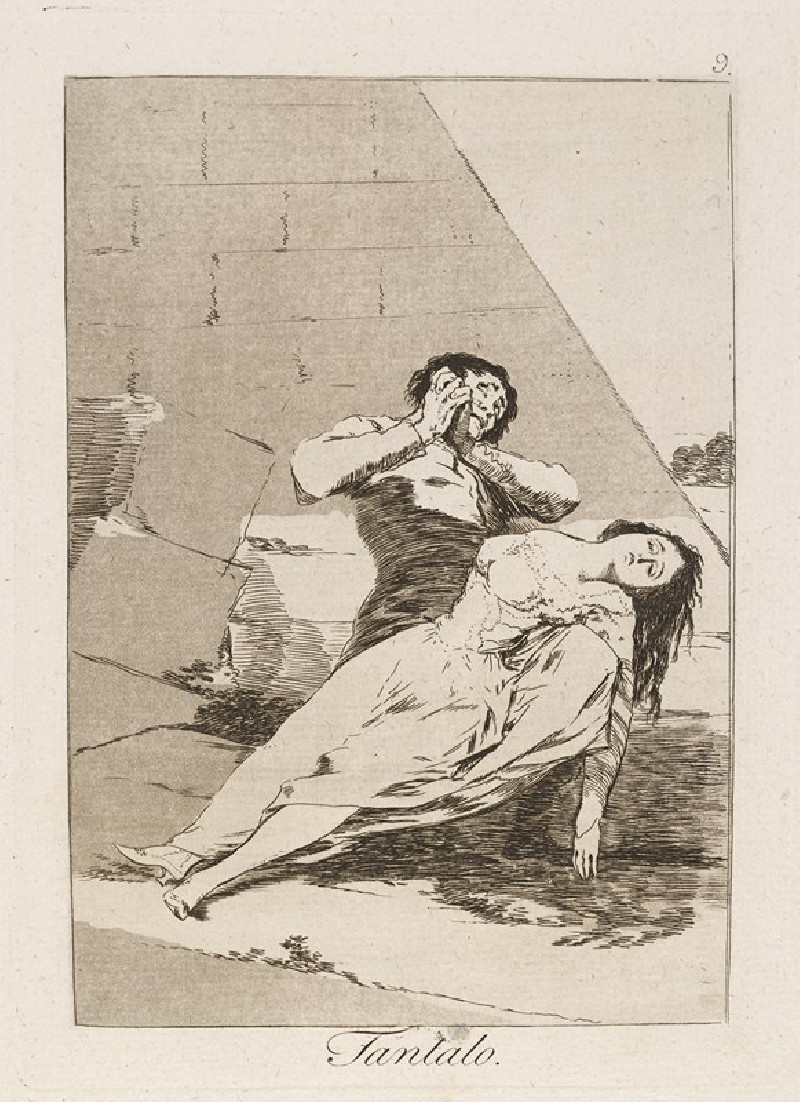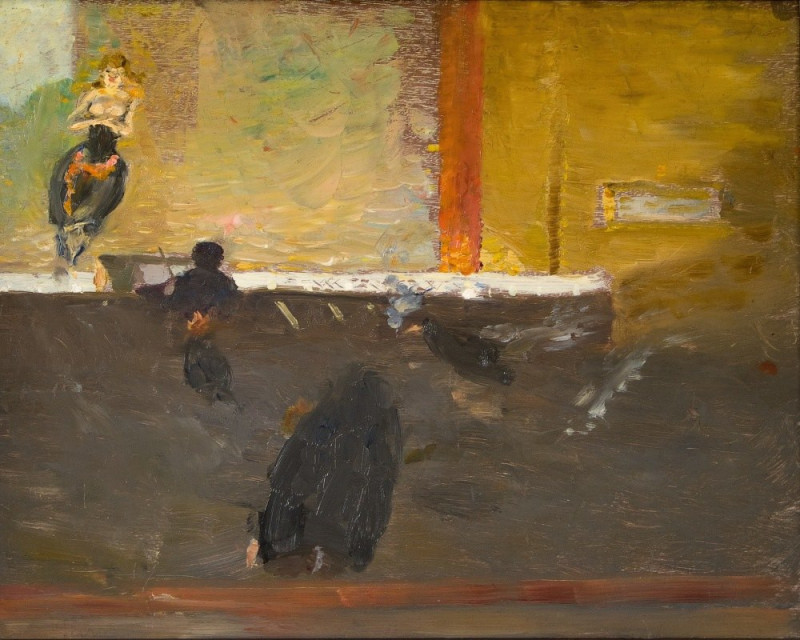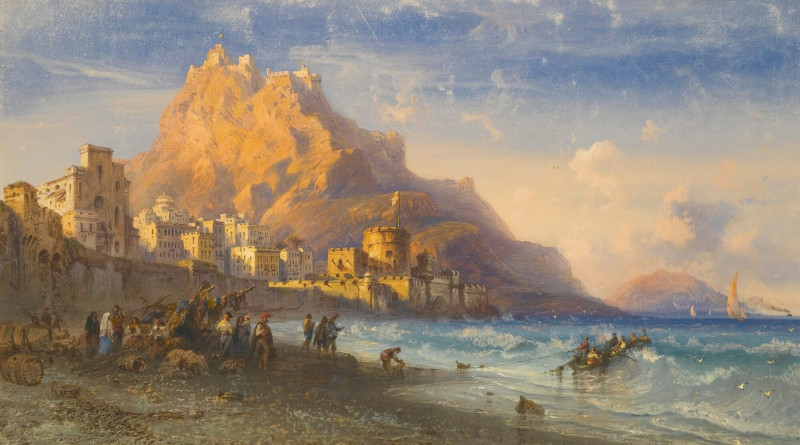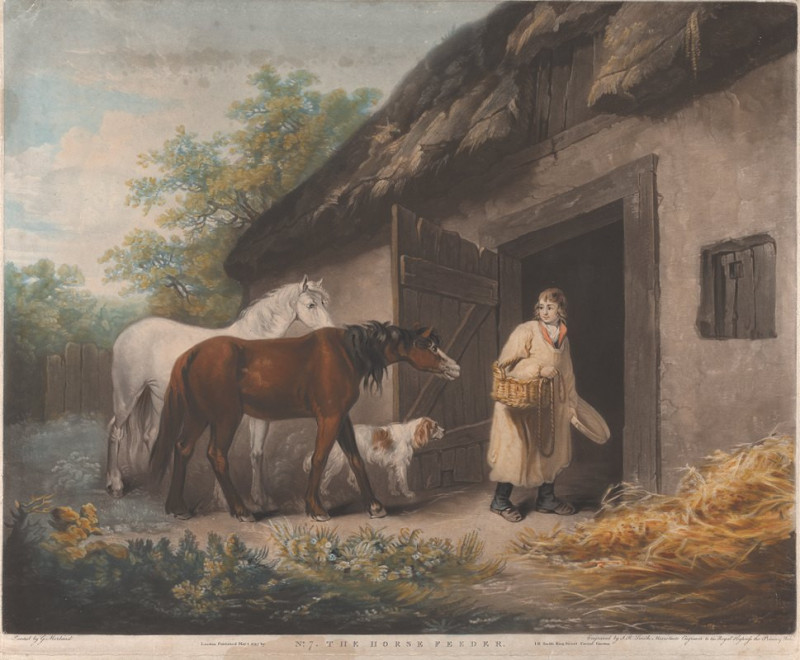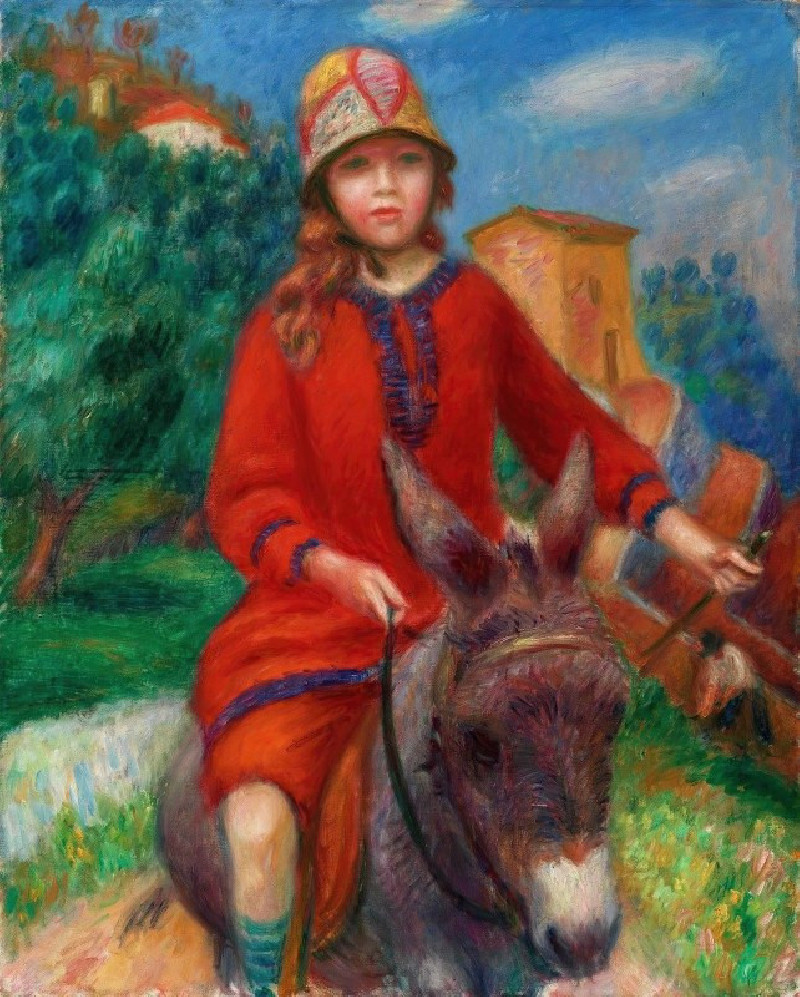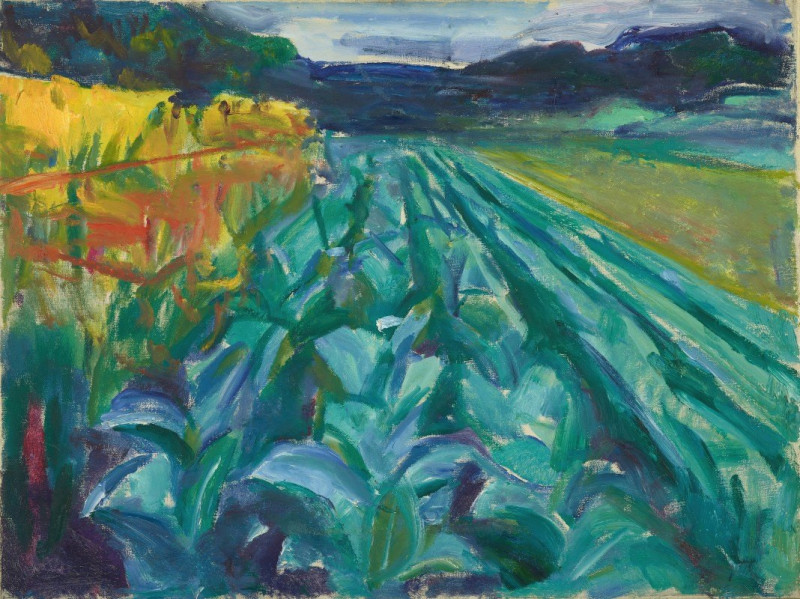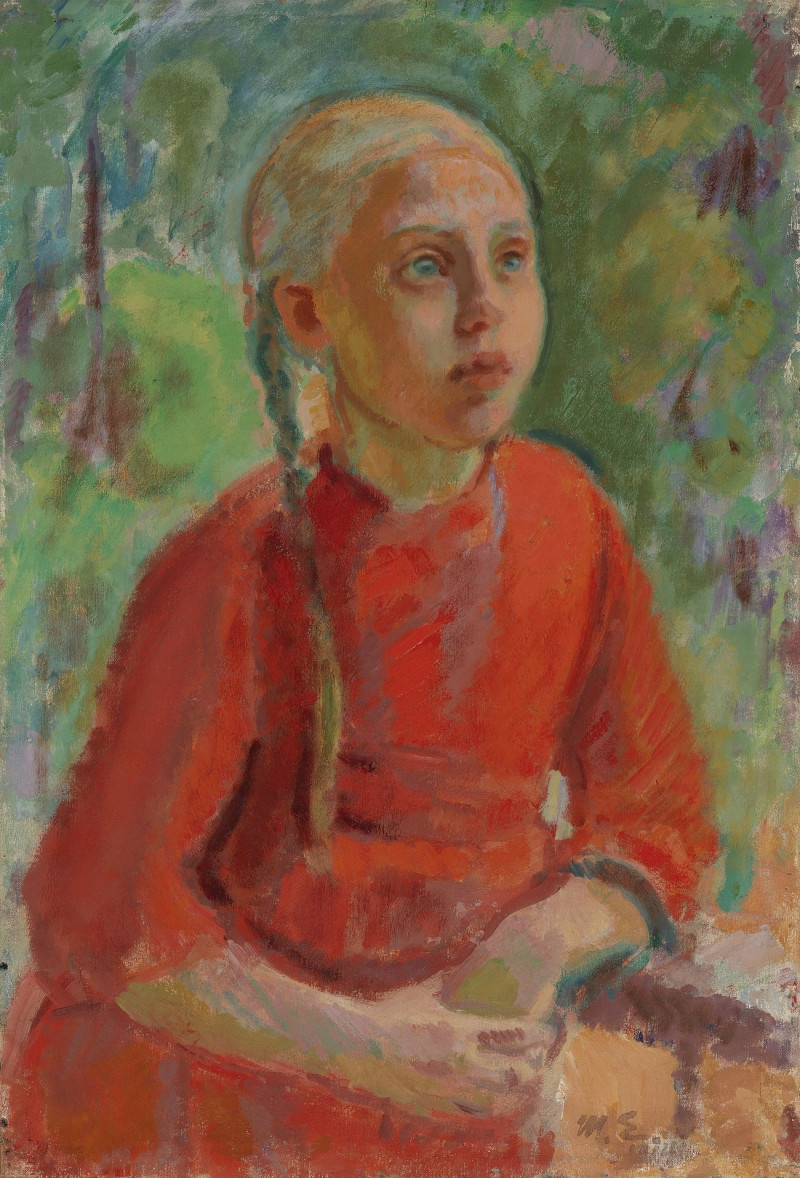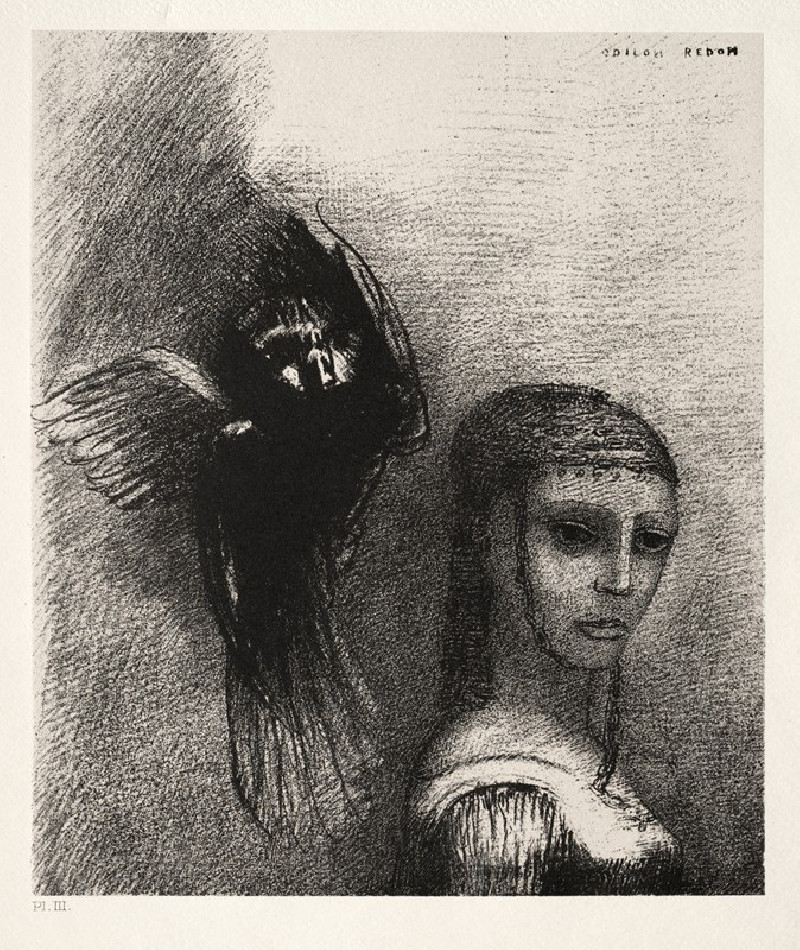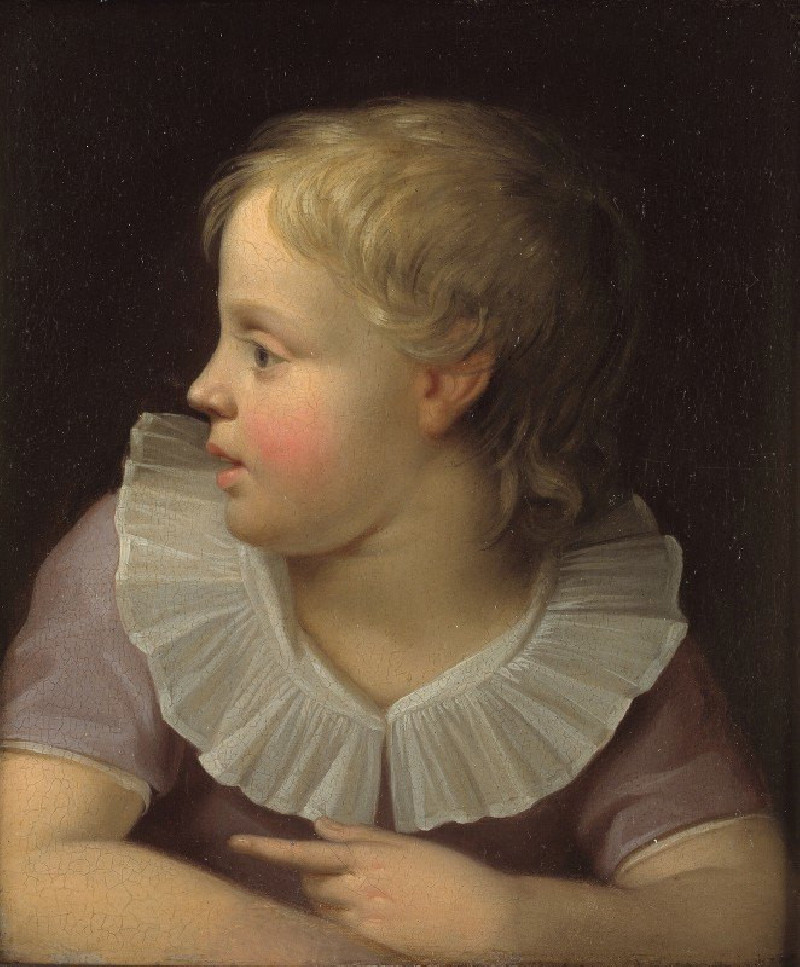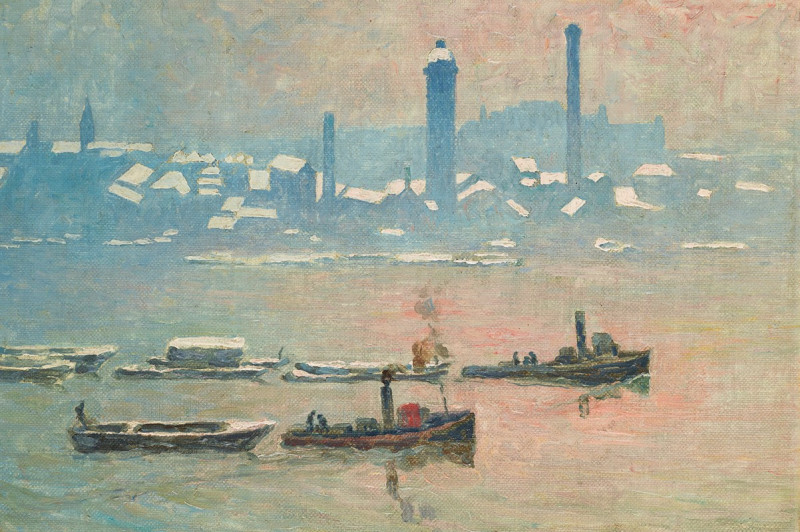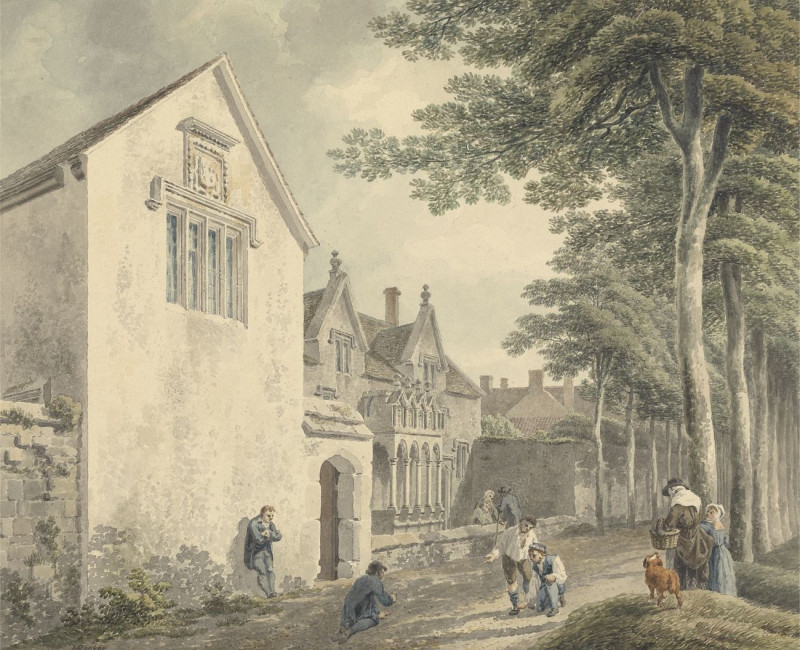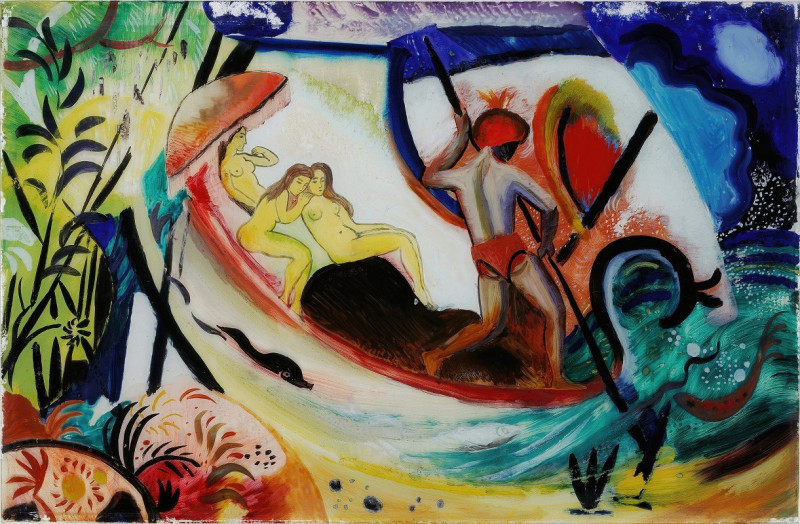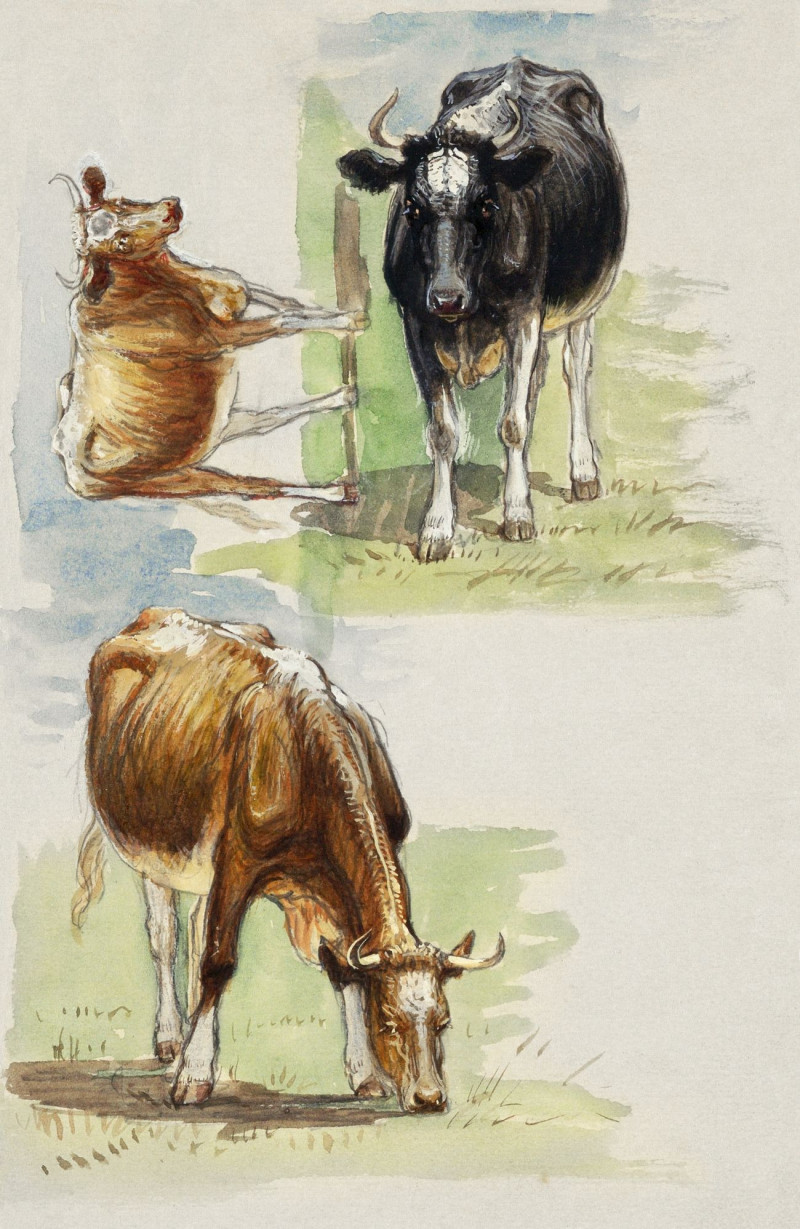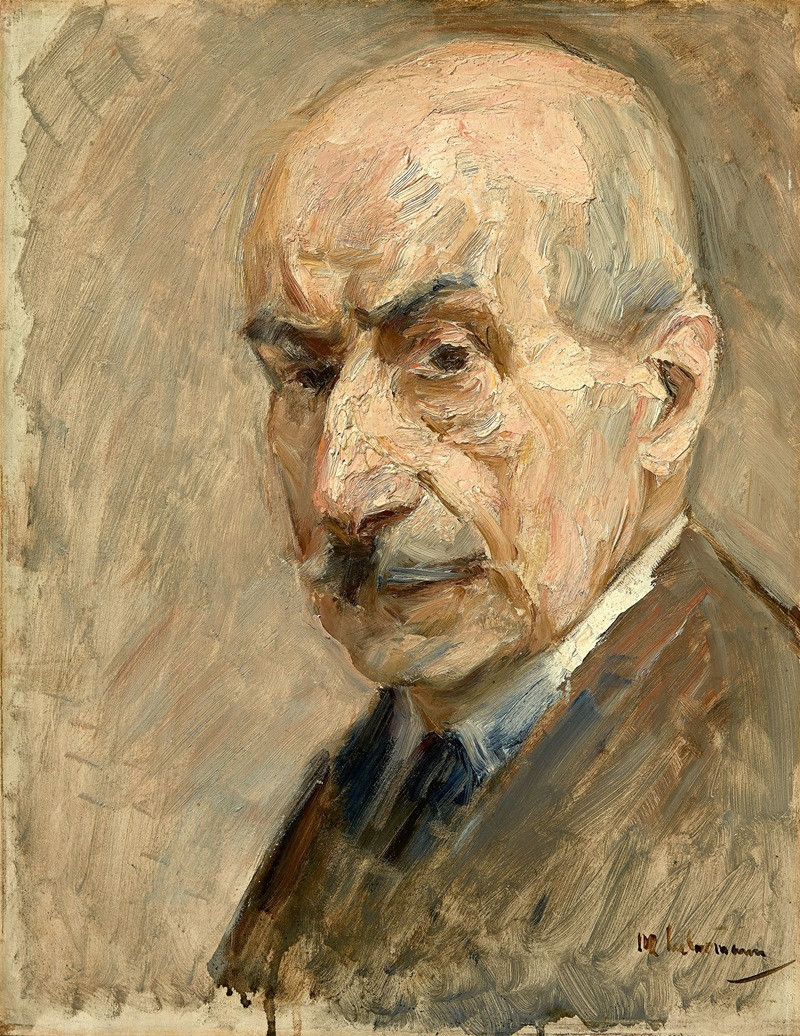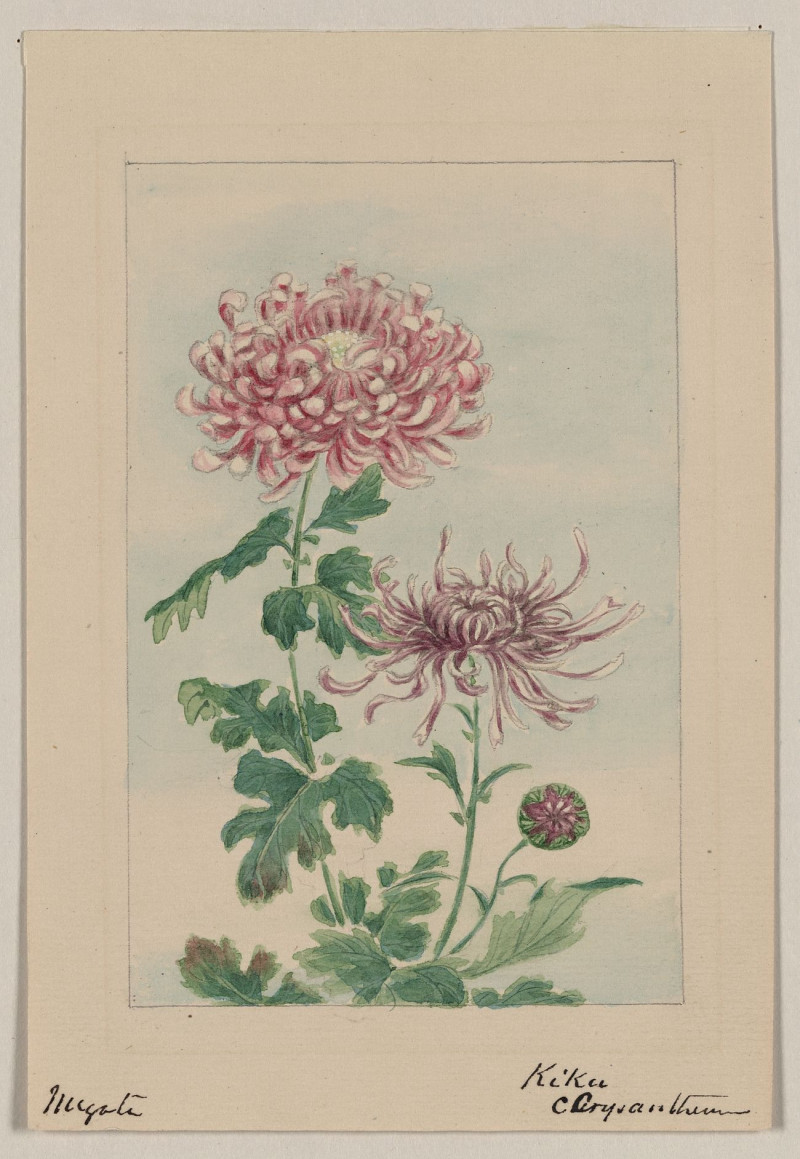Despacha, que dispiértan. (Be quick, they are waking up.) (1796-1797)
Technique: Giclée quality print
Recommended by our customers
More about this artwork
In this captivating etching by the revered Spanish artist Francisco de Goya, titled "Despacha, que dispiértan" ("Be quick, they are waking up"), we are plunged into a scene replete with urgency and clandestine activity. Created between 1796 and 1797, this work is part of Goya’s famous series of prints known as 'Los Caprichos', which critiques the follies and foibles of Spanish society.The image features two figures, intensely absorbed in their task. To the left, a woman, possibly a maid, is depicted with a look of concern or perhaps alertness, as she watches over a shoulder while grinding something with a mortar and pestle. Beside her, a second figure leans wearily—or perhaps surreptitiously—over the table, his face sunken, reflecting either fatigue or despair. The interaction, or lack thereof, and the expressions of these characters suggest a plot whispering of secrecy and haste.The etching conveys a powerful narrative through its use of stark, realistic detail and dynamic composition that emphasizes the hurried actions of its subjects. Goya’s skillful handling of light and shadow enhances the dramatic effect, creating a moody atmosphere that beckons the viewer to unravel the story behind these figures who perform their tasks under the pressure of the impending awakening."Despacha, que dispiértan" not only stands as a significant piece of Goya’s artistic inquiry into human nature and societal norms but also invites its audience to ponder the circumstances and social commentary encrypted within its lines.
Delivery
Returns
Francisco José de Goya y Lucientes (30 March 1746 – 16 April 1828) was a Spanish romantic painter and printmaker. He is considered the most important Spanish artist of the late 18th and early 19th centuries. His paintings, drawings, and engravings reflected contemporary historical upheavals and influenced important 19th- and 20th-century painters. Goya is often referred to as the last of the Old Masters and the first of the moderns.

